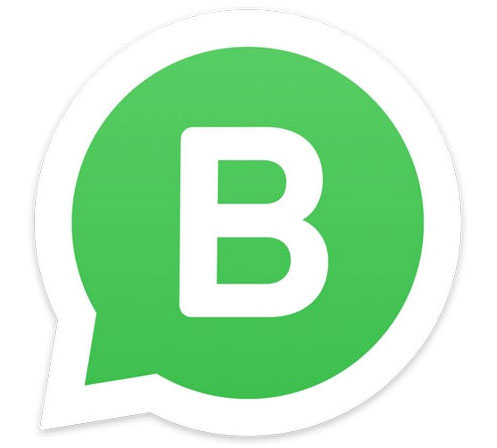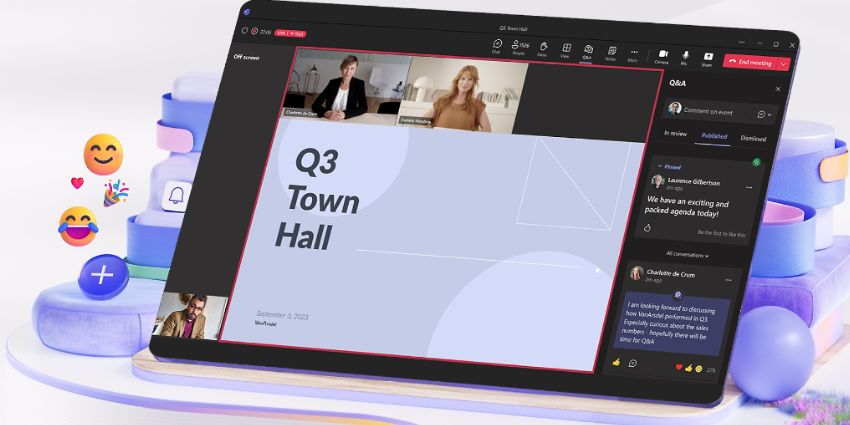These days, communication and collaboration are everywhere. No matter what industry you work in, whether you’re a small business, or a large enterprise, a dispersed group or an office-based team, you’re probably working with some kind of tool designed for communication, or collaboration.
Collaboration and communication are two concepts designed to work together. You simply can’t collaborate with someone unless you can communicate with them first. However, just because the ideas are intertwined, doesn’t mean that they’re the same thing. That’s something that today’s businesses still struggle to grasp.
I’ve lost count of the number of times that I’ve heard people say that they “collaborate” with their colleagues over instant messenger, email, or video chat, when what they really mean is that they use those platforms for communication. So, what’s the true difference between collaboration and communication, and why do they both have a part to play in the digital world?
Collaboration and Communication: Finding the Distinction

Communication has always been a component of the workforce. It simply refers to how we connect with each other – either through email, video chat, instant messenger, social media, or even voice calls. Communication is about sharing knowledge. For instance, you might use VoIP to call up a colleague and conduct a meeting about an upcoming project. You could use a social tool like WhatsApp to send a broadcast out to all your staff about a new customer service methodology you want them to implement.
While we expect people to cooperate with us when we communicate with them, cooperative communication isn’t collaboration. Instead, collaboration is defined as the process of working together with another person to achieve an end goal. When you collaborate with someone, you align your work and behaviour to theirs to accomplish something. For instance, you might use a digital surface to collaborate with someone in a video conference because you’re both annotating, or working on a project at the same time. However, if you take that work out of the picture and you just talk about the project, then you eliminate the collaborative aspect.
Perhaps the easiest way to look at it is that collaboration involves actively connecting with other people in your community and doing something to reach your target. It’s about more than just talking.
Why Are People Mixing Up Collaboration and Communication?
Employees, business leaders, and innovators regularly get collaboration and communication confused because the two concepts are so closely intertwined. Even so-called “collaboration” tools blur the lines between communication and collaboration. For instance, just because you send someone a message on Stride, Microsoft Teams, or Slack doesn’t necessarily mean you’re instantly collaborating. The option is there, but it takes action to move beyond communication.
Every day, the employees in a team have their own distinct tasks and goals to address. While some staff members will be able to accomplish certain things on their own, others will occasionally need the help or input of other experts. While communication facilitates the connection between different people with unique specialities and knowledge, collaboration is what allows two or more people to interact together on the same project. Collaboration is a gateway, designed to bring different modes of thought and creativity together on the same page or task.
 Just like communication, collaboration comes in many different forms. Collaboration for your team might involve bringing team members together over a document in a shared drive and allowing them to work together on the project in real-time. Collaboration could also mean asking people to contribute their thoughts to a development session with so that you can improve the performance or efficiency of a new tool.
Just like communication, collaboration comes in many different forms. Collaboration for your team might involve bringing team members together over a document in a shared drive and allowing them to work together on the project in real-time. Collaboration could also mean asking people to contribute their thoughts to a development session with so that you can improve the performance or efficiency of a new tool.
While communication and collaboration naturally exist together, each concept’s reliance on the other has a unique dynamic. Without communication, collaboration would be impossible, but you can communicate with team members all day and never actually collaborate on anything.
Why Communication will Always be Crucial
As vendors continue to discover new ways to make collaboration simpler and more immersive, it’s emerged as something of a buzzword in the communication and technology industries. However, as exciting as easy and effective collaboration might be, it’s important not to overlook the prevailing importance of communication.
Ultimately, collaboration can’t exist without communication. Imagine a team of people trying to work together on the same project, but all those people are working in different rooms, with no way of sharing their thoughts, ideas, or experiences. It just wouldn’t work. Communication needs to exist across a range of key touchpoints before collaboration can begin to thrive. The biggest mistake that many businesses make during digital transformation is trying to push collaboration before they’ve got their communication infrastructure properly implemented.
For example, if you want people to be able to collaborate in real-time over an important document, then you need more than an email system and a shared file. You need both a collaborative document that can update and sync rapidly and a communication system where people can discuss the changes they’re making in depth. Without the communication part of the equation, you just have a bunch of people working on the same task and coming up with their distinct ideas on what the outcome should look like.
It’s not collaboration; it’s chaos.
Merging Communication and Collaboration
 While your team members won’t necessarily have to collaborate on every project that your company takes on, we’re increasingly moving towards a world where collaboration and communication need to exist in harmony together for business processes to be successful. The key thing to remember if you want to make the most of this new innovative, immersive, and growing digital workforce, is that effective communication is the key.
While your team members won’t necessarily have to collaborate on every project that your company takes on, we’re increasingly moving towards a world where collaboration and communication need to exist in harmony together for business processes to be successful. The key thing to remember if you want to make the most of this new innovative, immersive, and growing digital workforce, is that effective communication is the key.
Communication isn’t just a critical component of collaboration – it’s the only way to run a successful business. Whether you want to reduce employee turnover, improve company culture, or simply increase your chances of higher customer satisfaction, it all starts with communication.







